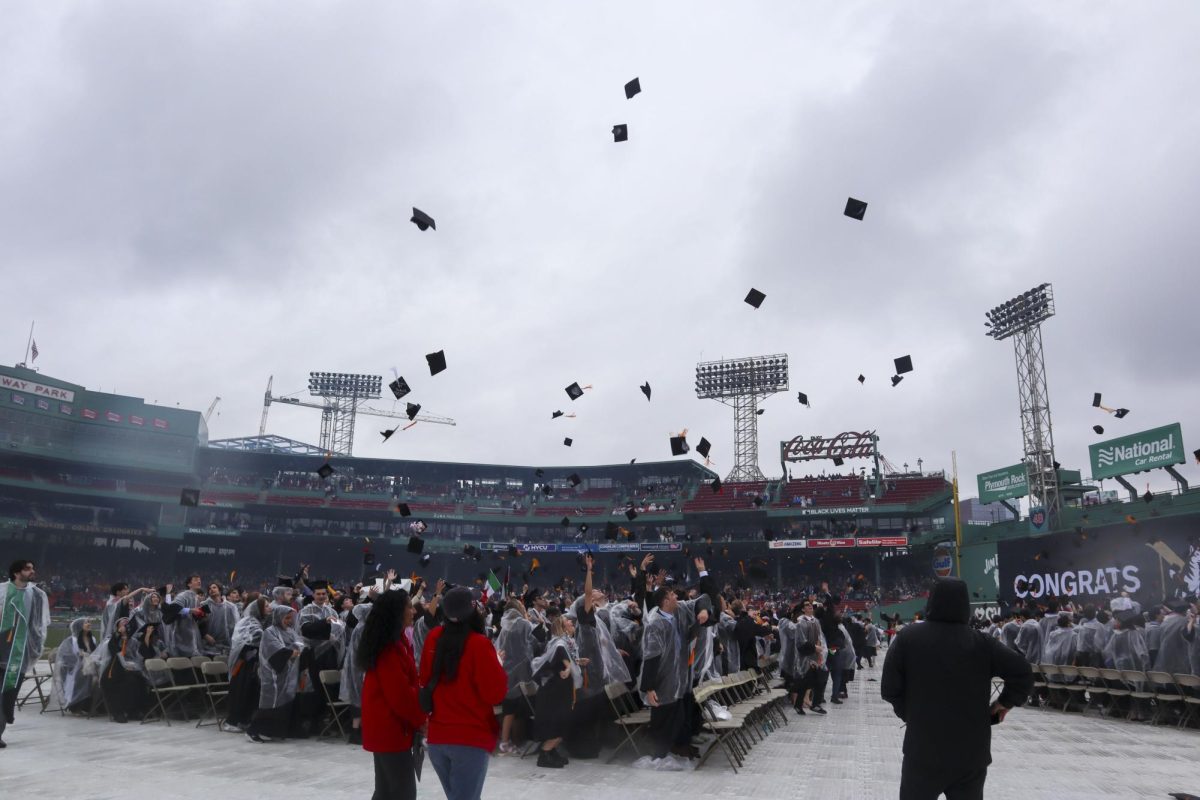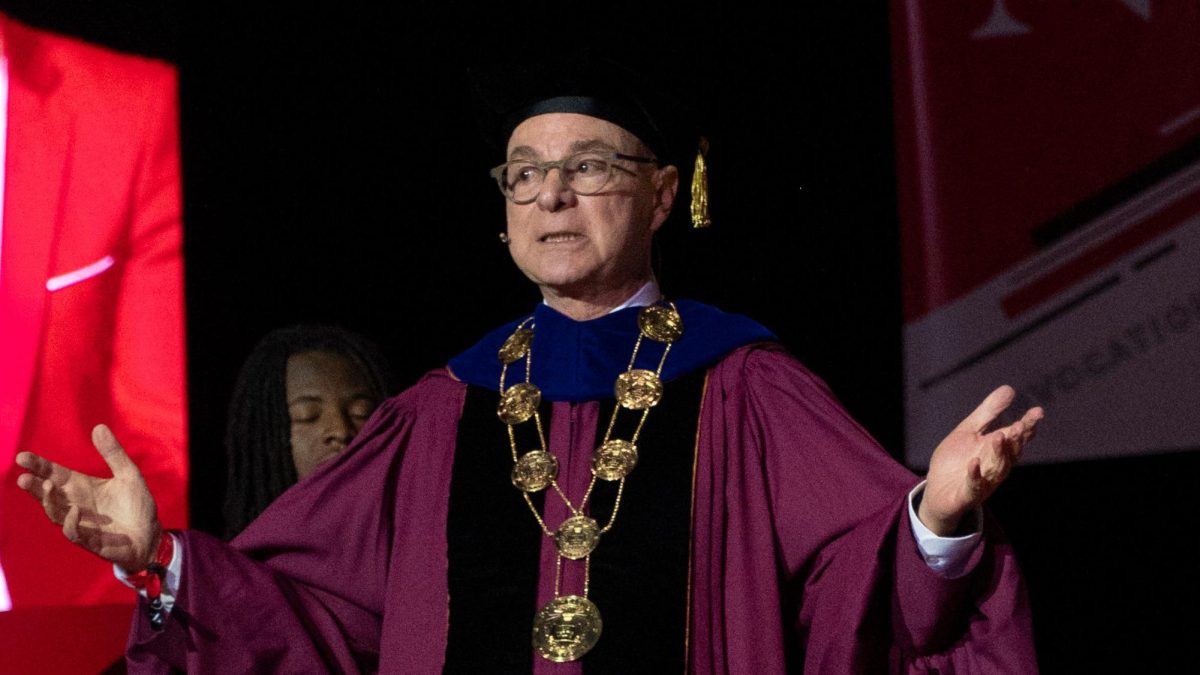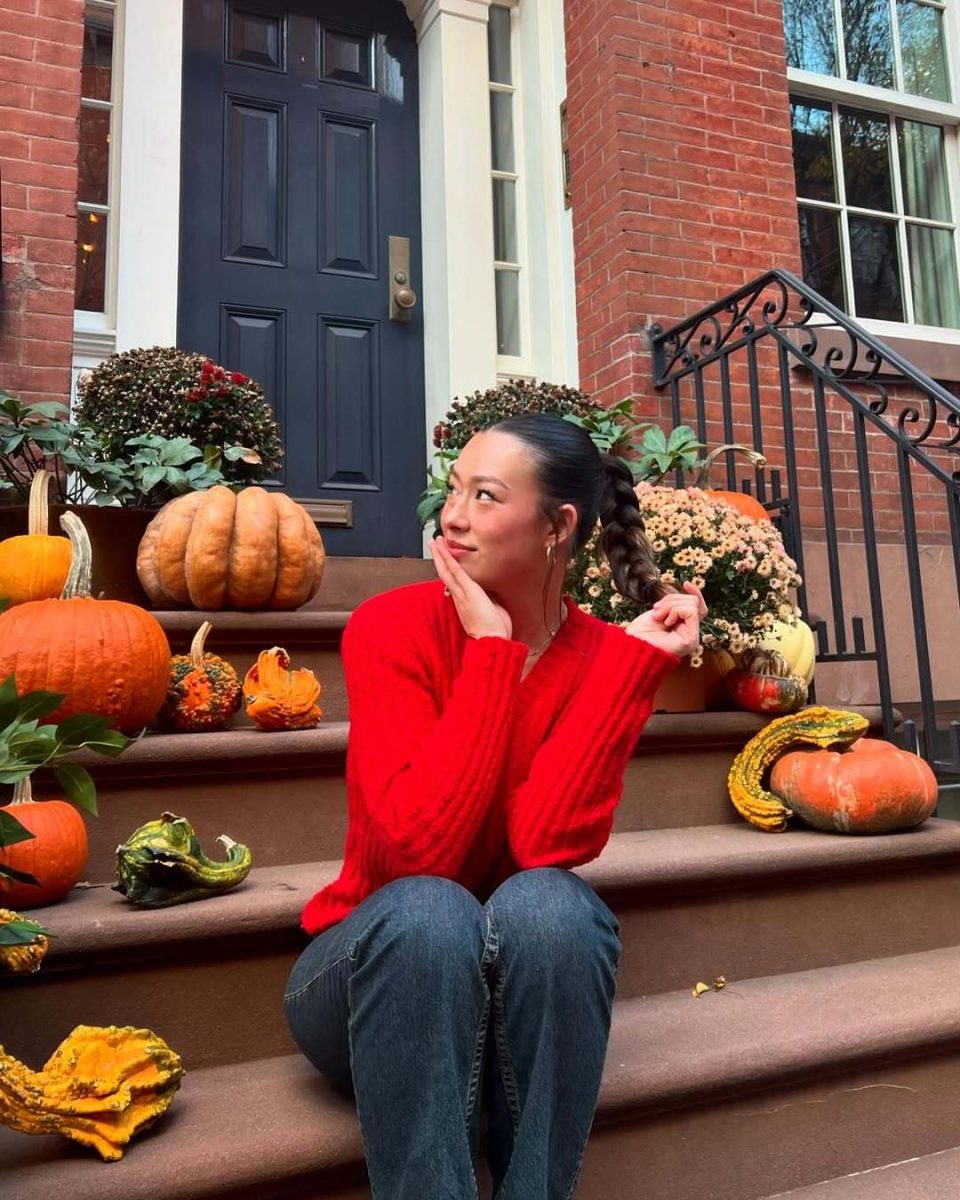By Zack Sampson, News Staff
At a community meeting with Northeastern administrators Tuesday night, residents of the Fenway said they know the area around Gainsborough and Hemenway streets and Symphony Road as “Animal House.”
There, they said, students destroy property and shatter the peace of late weekend nights, strolling through the neighborhood after bars close and parties clear out. The problem of student behavior in “Animal House” was one of several concerns residents relayed to university officials Tuesday as Northeastern and the surrounding community work to create a mutually agreeable Institutional Master Plan (IMP) for the school.
The college’s next IMP, its guiding document for physical and other policy changes in the next 10 years, is due to the city by the end of 2012.
“We need your help to make sure that the neighborhood can continue to be a neighborhood,” Sarah Horsley, a staff member of the Fenway Community Development Corporation, said.
She said neighborhoods like the Fenway are integral to Boston and are part of what makes the Hub attractive.
“One of the reasons that students want to go to school in Boston is because it’s a city and not just because it’s a campus,” Horsley said.
John Tobin, Northeastern’s vice president for city and community affairs, and Robert Gittens, the vice president for public affairs, listened to the residents for much of the two-hour long meeting in the Fenway Center. They occasionally addressed members’ concerns or goals during the meeting, but much of Northeastern’s response came at the end of the session when Patrick Tedesco, a planner with the architecture firm the university hired for the IMP process, Chan Krieger NBBJ, spoke.
Tedesco said the university and Chan Krieger recognized many of the residents’ concerns and several of their goals are already part of the master planning process. About 40 community members, many from local neighborhood associations, described their hopes and worries Tuesday ranging from safety concerns in “Animal House” to the need for open communication with the college.
Speaking for some of her neighbors, Jane Hartmann, a Fenway resident, asked Northeastern to work with other schools like Wentworth Institute of Technology and Berklee College of Music to create a plan by November to address problems in “Animal House.” She said students in the area are not all from Northeastern. But, she said, they break tree limbs, litter in landscaped areas, key cars, and scream in public alleys between 2 and 3 a.m., Thursday through Saturday nights.
“On the weekends, this has been going on for 10 years,” Hartmann said. “There’s trash, there’s rats, there’s noise, there’s destruction of property, there’s dangers because there are students on the roof.”
Gittens said Northeastern recognizes the issue with student behavior and will work to have a plan for further discussion by November.
The residents also detailed problems with access to the university. As part of the next IMP, they said they hope Northeastern opens up more programs and space to community members.
Community members want to be involved in orientation sessions, they said, so people can explain to students what it is like to live in a dense urban neighborhood. They also hope to speak with resident assistants in buildings in the Fenway about student activity in the area.
Senior citizens would like the opportunity to audit classes, residents said, and other community members want access to free meeting space on campus for events and programming. Access to the university for people with physical disabilities, on curbs along Huntington Avenue and on campus walkways, was also of concern to residents.
They pointed to the school as one of the area’s largest employers and said they would like to see the university become a source of job opportunities for local residents.
Some people spoke about the barrier between Huntington and Columbus avenues created by the Orange Line tracks, lamenting what they described as a lack of adequate crossing points between Massachusetts Avenue and Ruggles Street. Meeting notes show that in past sessions planners also have discussed their desire to better connect university facilities on the Columbus Avenue side of the tracks to the rest of campus.
Snow removal was another topic of discussion, as one local resident said the university has sidewalk- and pathway-clearing equipment that community members cannot use. Tim Horn, a member of the Fenway Civic Association, said snow pushed aside by Northeastern workers sometimes accumulates in large, impassable piles on street corners too.
“You have a Bobcat, and I’m out there with a shovel,” Horn said. “How come you can’t just knock it out of the way?”
Horn said Northeastern could also work to quickly improve any damage that might be caused by students in areas like the Fenway. He used the broken-windows theory to suggest that replacing a broken tree or cleaning up trash within two days could discourage any further negative activity in the area.
Physical expansion, a flashpoint in both this and the master planning process for the university in the early-2000s, was a key topic at the community meeting Tuesday. Horn said the university cannot increase enrollment any more without adding space.
Gittens sought to quickly address this concern by saying the university population will not grow.
“We are not going to be expanding enrollment,” he said.
Horn said residents would like to see the university explore use of mixed academic/residence buildings in the future. Any expansion in classroom space, which would allow for added enrollment, could then also include living space to absorb the new students, another community member said.
Apartment space owned by the university should continue to be owned by Northeastern, Horn said, but the school should explore using it as faculty housing. This could foster a walk-to-work program and lead to more Northeastern employees becoming long-term residents of the Fenway with a greater interest in their community than short-term student occupants, he said.
Tedesco, the planner, directly addressed several of the neighbors’ concerns as the meeting drew to a close. He said, “The master plan as proposed is only looking at property currently owned by Northeastern.”
University property is being targeted for redevelopment, he said. A map of the plan provided at an earlier IMP community task force meeting shows that some of these areas include the Columbus Parking Lot, Kariotis Hall and the Gainsborough Garage.
Student activity space will also be a key part of the next master plan, Tedesco said. He said the university has added residence halls in the last decade, but it has not provided more space for students to have fun on campus.
“Just because you build dorms on campus and you give students a place to live outside the neighborhood, it doesn’t mean they’re not going to go off campus and look for things to do if there aren’t enough things on campus,” Tedesco said.
He said planners are also considering building mixed-use facilities that include things such as commercial, residential, or academic space along Huntington Avenue.
“This is not about outward expansion,” Tedesco told residents while describing the master plan. “It’s actually about inward redevelopment and densification.”








